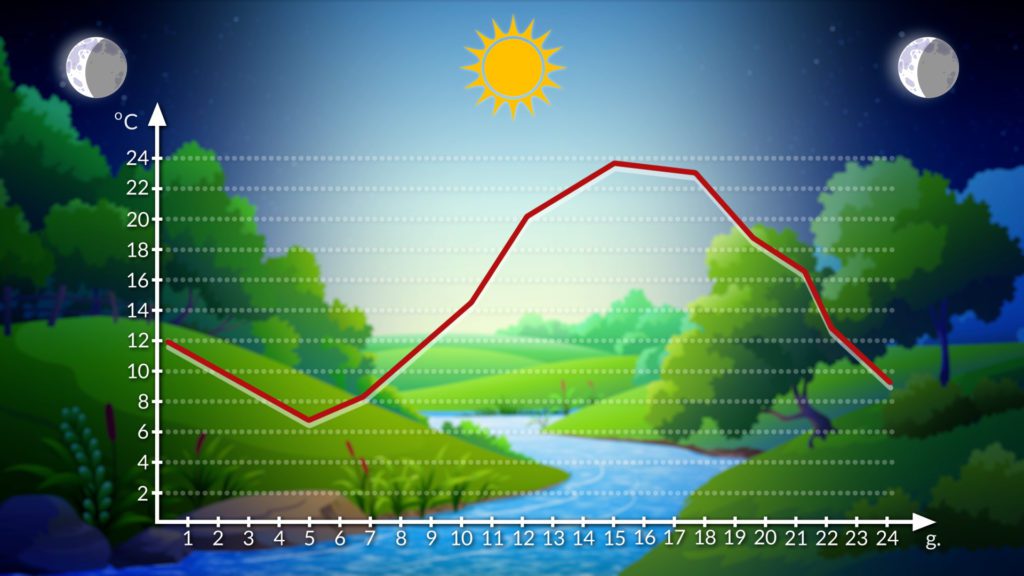How do we understand the weather and how we measure and predict it? Meteorologists – that is, scientists who predict the weather – use mathematics to do so! They measure, calculate and take different measurements.
Do you know how meteorologists work to forecast the weather? They use math! At the same time, they use satellites that look at the Earth from space, radars, thousands of measuring stations installed on the ground, floating in the seas and oceans, and even those attached to balloons. All this saves them a huge amount of data. In order to analyze and understand it, we need supercomputers and complex mathematical equations.
Green Mathematics – A great book that you can get for free!
Environmental Protection and Mathematics – Do They Cope?
And what after all these calculations? For example, the temperature of the atmosphere is slowly but surely rising. This is clearly shown in the graphs. By the way, the graph is an invention of mathematics. Anyway, talking about the weather is a bit like a math class.

We have graphs, for example, how the temperature changes during the day. There are numbers and units for example pressure. We have percentages of humidity for example and we have vectors that show the direction and strength of the wind. Thanks to mathematics, we can easily track these changes.
Let’s protect the environment!
Sports and natural courses
- Since 1951, the average temperature in Poland has risen at a rate of more than two degrees Celsius
- The statistical pole is responsible, on average, for the emission of 11 tons of carbon dioxide per year
- One tree absorbs about 6 kg of carbon dioxide per year.
- By the end of the twenty-first century, the average temperature on Earth could rise by up to 4 degrees Celsius!
- A windmill emits 70 times less carbon dioxide than a coal-fired power plant
- A hydropower plant emits three times less carbon dioxide than a windmill
- When producing electricity, a nuclear reactor emits five times less carbon dioxide than a windmill
Mathematical calculations with nature in the background
Since the title of our series is “Green Mathematics” – Calculations should not be missing! If you watch the movie carefully, you will notice that there are two languages in mathematics. Now I will show you how to solve it.
The first task.
How many trees should be planted to offset a single pole’s CO2 emissions? Let’s count it!
Since one pole produces 11 tons of carbon dioxide per year, the amount per kilogram is 11,000 kg. So divide 11,000 by 6 (the number of kilograms of carbon dioxide absorbed by each tree in a year): 11,000 6 = about 1,833 trees!
The second task.
How many times less carbon dioxide does a nuclear reactor produce than a coal-fired power plant?
Since a windmill emits 70 times less carbon dioxide than a coal-fired power plant, and a nuclear reactor emits 5 times less carbon dioxide when producing electricity than a windmill, just hit 70 x 5 I will go out The score is 350.
So a nuclear reactor produces 350 times less carbon dioxide than a coal-fired power plant!
You’ll Love This Too: Why Are Bees So Important?

“Music specialist. Pop culture trailblazer. Problem solver. Internet advocate.”







